Did you know that 44% of people in the UK don't clean their mattresses? And there are other places many of us forget too - skirting boards anyone?
Following the publication of Dyson's first Global Dust Study, we reveal the most neglected household cleaning spots along with some top tips for a deep clean by Dennis Mathews, Dyson Research Scientist in Microbiology.
Dyson’s first Global Dust Study reveals that one in three people clean only when they spot visible dust on their floors. However, fine dust is invisible to the naked eye and collects in most places in the home - areas we don’t even think about cleaning. While dust is seemingly innocuous, in reality, it's a complex matrix of organic matter, that includes dead skin cells, hair, dust mites, dust mite faeces, bacteria, mould, small insects and other fibres and particles. Many of these components can trigger allergies and impact our well-being.
In this article we highlight the 10 top places most people forget to clean around the home and share some handy tips on how to maximise your time cleaning time to cover some, if not all of these spots.
Most neglected cleaning spots
(1) Ceilings are neglected by 88% of people globally
Ceiling textures can harbour dust and cobwebs, and vacuuming is often the easiest way to clean them. Use the soft brush attachment on your vacuum cleaner to clean larger expanses without damaging any paint or wallpaper and opt for a crevice tool to get to hard-to-reach corners. A lightweight cord-free vacuum is a good option to clean higher up spaces.
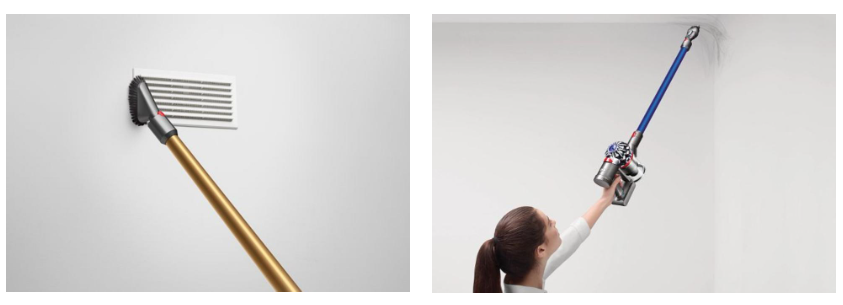
(2) Walls are neglected by 87% of people globally
Remove dust from walls by dusting with a damp cloth, cleaning wipes or using a vacuum with advanced filtration. Dust on certain wall types can contribute towards the growth of mould. If you're vacuuming both the ceiling and the walls, start with the ceiling followed by the walls so that you capture any airborne dust that may land on the walls or on furniture or the floor below. Cleaning from the top down ensures that you pick up any fallen airborne dust as you go.
(3) Mattresses are neglected by 72% of people globally
Mattresses can be breeding grounds for house dust mites, who thrive in warm, dark and humid places like our beds. Dust mites feed on skin cells, which we shed 2-3g of per day and even more at night owing to the friction from bed linens. There can be millions of dust mites in a single mattress and each mite produces around 20 faecal pellets a day which harbor an allergenic protein that can trigger allergic reactions. Vacuuming your mattress on both sides will help reduce the number of skin flakes and allergenic material in your mattress and washing sheets and blankets on a 140°F/60°C or 195°F/90°C wash will help to break down and reduce allergens.
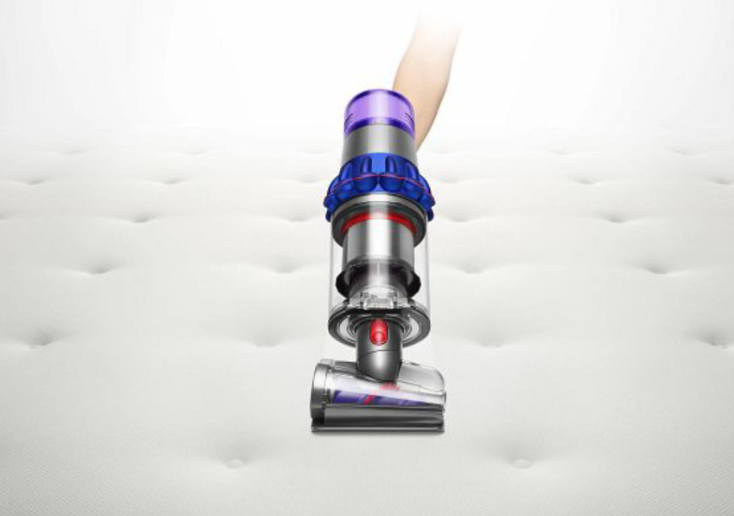
(4) Skirting boards are neglected by 79% of people globally
Skirting boards can feel like an arduous deep cleaning task that involves a lot of crouching and scrubbing, but it doesn’t have to be. Use the dusting brush attachment on your vacuum cleaner to go over the boards thoroughly. This will quickly and easily suck up the dust in hard-to-reach nooks and crannies without you having to bend over. Once vacuumed, if there is still engrained dirt or marks, use a damp cloth and warm water to gently remove them.
(5) Pet baskets are neglected by 90% of people globally
Just like mattresses, pet baskets can harbor dust mites, who feast on pet dander shed by animals. If possible, launder any removable covers on a 140°F/60°C or 195°F/90°C wash. Where that isn’t feasible, use the mini-motorised tool on a vacuum cleaner in handheld mode to agitate and “peel off” any unwanted pet hair, dander and allergens.
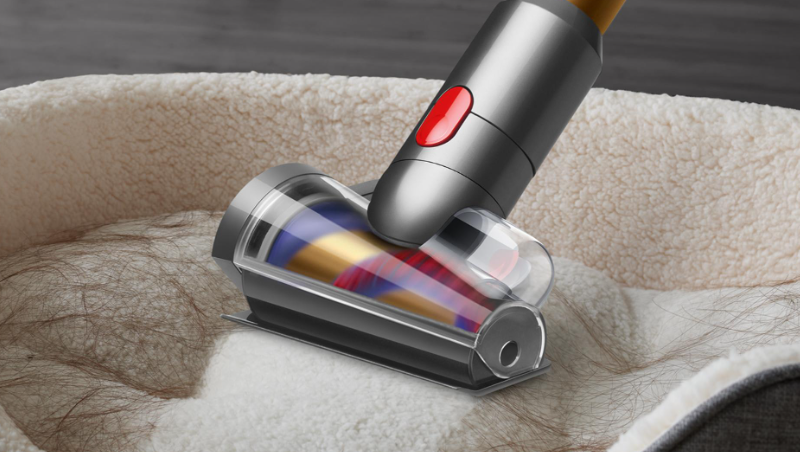
(6) Lamps and lampshades are neglected by 91% of people globally
Dust can gather in lampshades and light fittings which can then burn on hot bulbs producing VOCs and odour or be moved around the room by the production of warm air around the bulbs. Using the soft brush attachment of your vacuum cleaner with an up-top adaptor will help reach high lampshades - avoid using damp cloths near sources of electricity.
(7) Shelves are neglected by 89% of people globally
For a deeper clean, start by carefully removing the contents of your shelves. Vacuum the top shelves first so that you don’t miss any airborne dust that might settle further down. Use the soft brush attachment on your vacuum cleaner with an up-top adapter to remove dust from high-up areas. Using a damp cloth, gently remove and marks or stains and allow time to dry before putting the contents of the shelves back. If possible, don’t forget to pull out the shelves from the wall and vacuum underneath furniture – if you can see dust, its likely that bacteria, moulds and colonies of dust mites could already be thriving there.
(8) Curtains and blinds are neglected by 84% of people globally
A lot of dust can gather in curtains and blinds and dust mites can thrive in textiles. Make sure you vacuum them with a soft brush tool or launder them if possible and practical.
(9) Stairs are neglected by 76% of people globally
Gathering the right tools for cleaning stairs is essential and a cord-free vacuum is a good place to start as they are more lightweight and offer the versatility of handheld functionality. Begin at the top of the staircase and go around the edges of the steps with a crevice tool. Vacuuming the edges first ensures that any debris that is loosened and can be removed at a later stage. Then use a mini-motorised tool in handheld mode to clean the tread of the stairs, again moving from the top of the staircase to the bottom.
(10) Sofas are neglected by 59% of UK people
Typically located in the living room, frequent contact with people and pets increases the likelihood of dander being present, feeding the dust mites that are present in your sofa. Its textile material allows dust mites to cling onto the fibres, making them difficult to remove. When vacuuming your sofa, it is important to use a vacuum with strong suction power to dislodge and remove as many dust mites, skin flakes, and allergens as possible.
Top tips for a deep clean
Like us, you’re likely made a mental note on which areas you’re going to tackle next! We’ve included our own handy tips to get you started.
(1) Clean regularly
Dust electrostatically ‘sticks’ to hard floors and the longer it sits on the floor, the more effort is required to ‘peel’ (or dislodge) it off the surface. Cleaning regularly makes it easier to remove dust, which applies to whole house and not just your floors. Cleaning two of the ten spots (listed above) every week means you can achieve a whole house deep clean every month. This is a highly recommended frequency to maintain a clean home without getting overwhelmed by the daunting task of trying to deep clean your entire home at once.
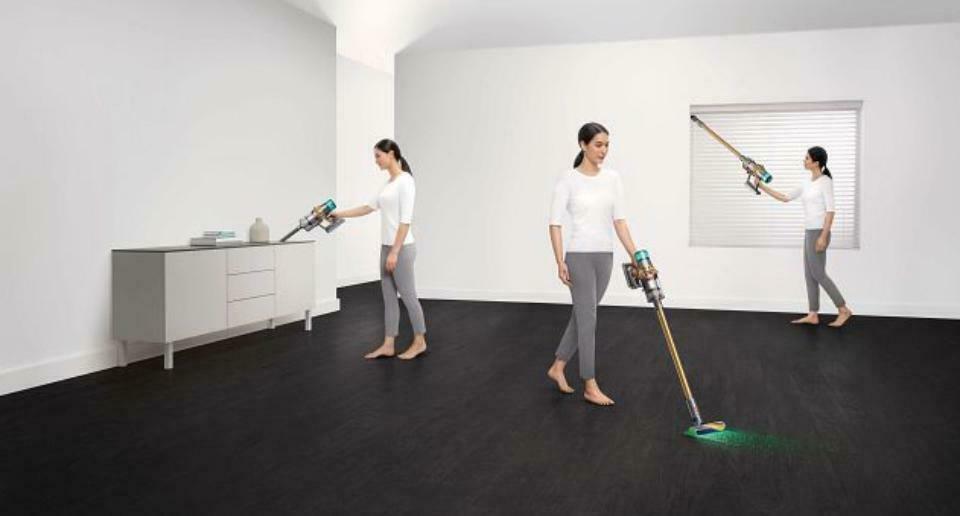
(1) Clean the right way
There's an inclination to reach for a damp cloth and/or wet mop to clean and kill germs around the house. However, wet cleaning with disinfectants and vacuum suction to remove fine dust are two very different jobs, and they need to work in unison to achieve a clean home. The most common mistake is mopping a dirty floor and therefore creating a more favourable habitat for dust mites and mould to grow. It's essential to remove all the dust and dirt from your floors before mopping to achieve a barefoot and genuinely clean floor. Dyson vacuums are engineered to provide up to 230AW of powerful suction to remove all the dust in your homes.
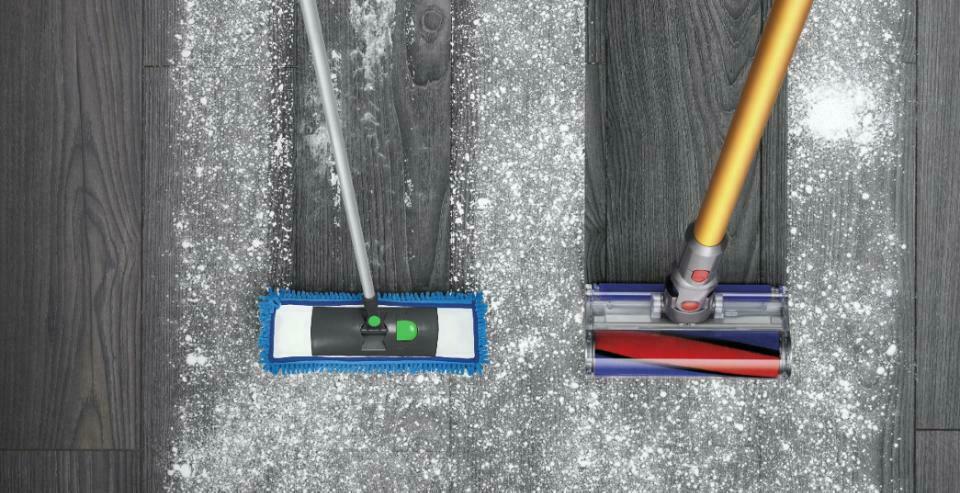
(1) Use vacuums with advanced filtration
The main purpose of vacuuming is to remove the dust and dirt from your home. A vacuum with advanced filtration is essential to ensure that all the nasties in your vacuum, stay within your vacuum, rather than being expelled back into your home. Dyson vacuums come with a five-stage filtration system to achieve 99.97 per cent filtration of particles as small as 0.3 microns, which ensures that the dust you’re sucking up remains trapped in your vacuum, and only clean air is expelled back into your home.
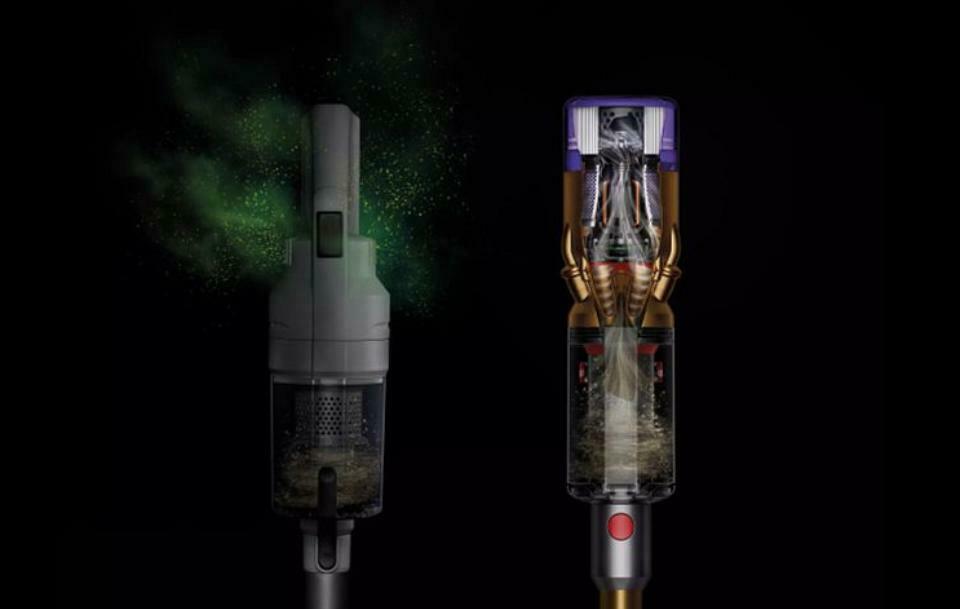
(1) Use the right tools
There is no ‘one size fits all’ when it comes to cleaning your home. From the size of your home to whichever part you’re cleaning, being equipped with the right vacuum and tools is key. Dyson has a large range of vacuums of varied sizes that have been engineered to solve every kind of cleaning need. Each vacuum comes with a variety of tools to clean the different places and spaces. From the Mini Motorised Tool that transforms your stick vacuum into a handheld vacuum and the Quick-release Mattress (Upholstery) Tool, designed to remove dust and allergens from textiles, to the Quick-release Flexi Crevice Tool that extends and bends to clean hard-to-reach places.
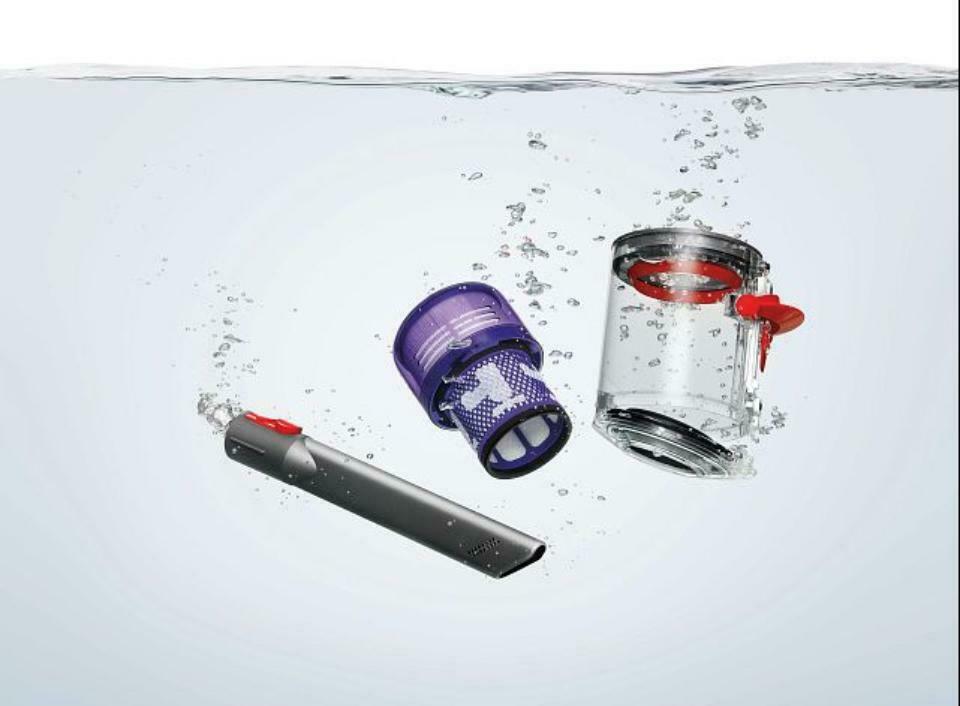
For a detailed overview of each tool and accessories, along with their purpose, visit our community article below;
- Dyson Cordless vacuums: Understanding the tools and accessories
- Dyson Corded vacuums: Understanding the tools and accessories
Don’t forget our own step-by-step guide to cleaning common, high-traffic areas of the household, including tips on removing household dust and cleaning different floor types.
